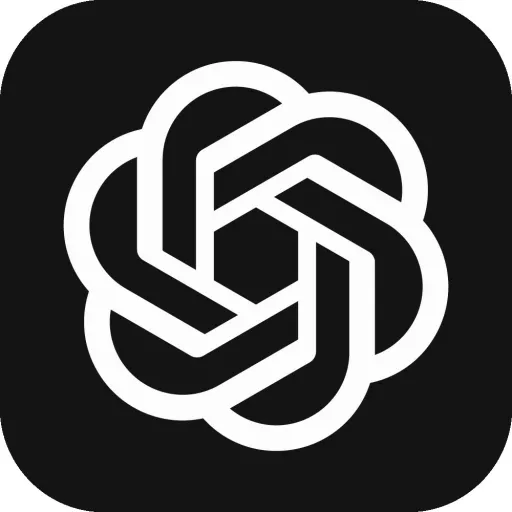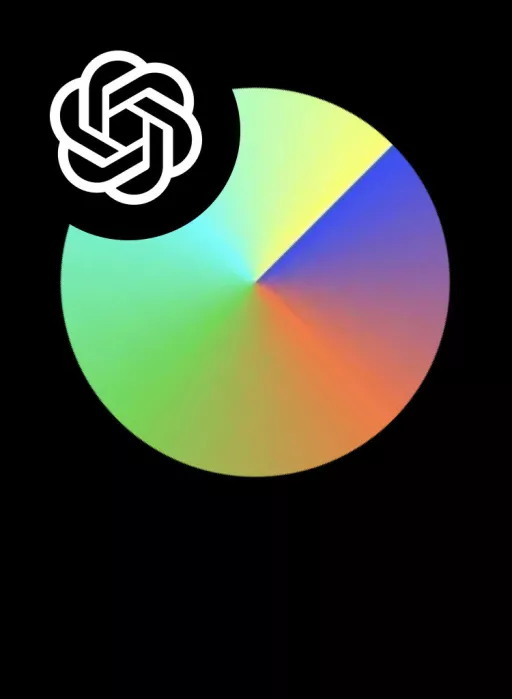LIDA is an advanced system designed to streamline data analysis by automating the creation of visualizations and infographics with the help of advanced large language models (LLMs) such as ChatGPT and GPT-4. Its user-friendly conversational interface simplifies the production of visual content from datasets, regardless of the grammar used.
The system is composed of four primary components: the Summarizer, which condenses information into a succinct natural language overview; the Goal Explorer, which identifies potential objectives for visual representations based on the data provided; the VisGenerator, which is responsible for creating, tweaking, and executing the code for visualizations as well as filtering results; and the Infographer, which crafts stylized yet accurate graphics through the use of image generation models.
LIDA's versatility extends to its language compatibility, enabling users to craft visualizations using a variety of programming languages or visualization grammars. Whether working in Python with tools like Altair, Matplotlib, and Seaborn, or other languages like R and C++, LIDA adapts seamlessly.
Moreover, the tool enhances existing visualizations through a suite of capabilities which include explanations for generated visuals, self-assessment features, automated troubleshooting, and tailored recommendations.
LIDA showcases an array of functionalities such as quick data summarization, efficient data exploration, as well as the capacity to create both general and specialized visualizations. It employs the text-generating and code-writing proficiencies of LLMs, which are fundamental to its visualization automation features.
Visually, LIDA boasts an integrated architecture that combines LLMs with image generation models (IGMs) to tackle the complex stages involved in crafting visual representations. It maintains an open-source status, coupled with a Python application programming interface (API) and a dual-interface design that caters to both interactive chart and infographic creation as well as data storytelling.
Despite facing some constraints, particularly when dealing with visualization grammars not extensively included in its training data, and experiencing variability in performance based on the utilization of different visualization tools and code generation capabilities, LIDA stands as a robust and effective option for those seeking to automate the process of visualization creation.
LIDA
You may also like⇒our AI tools









